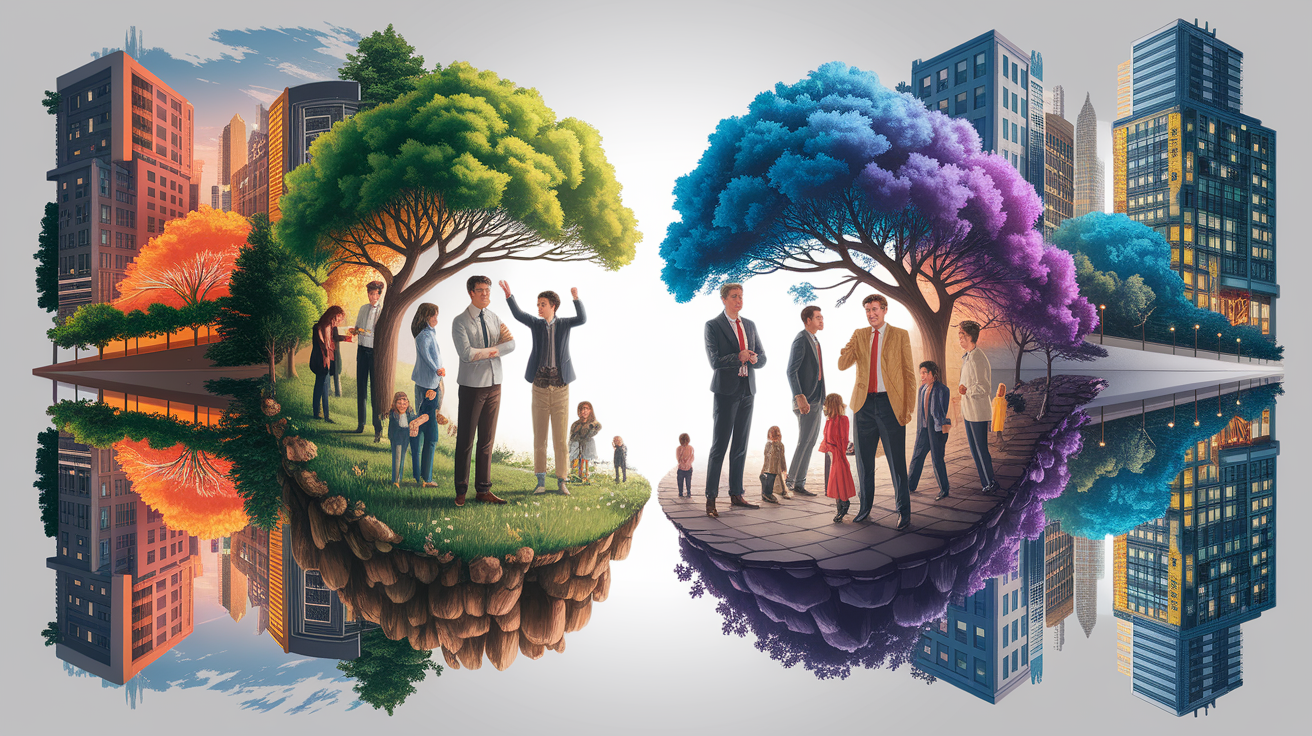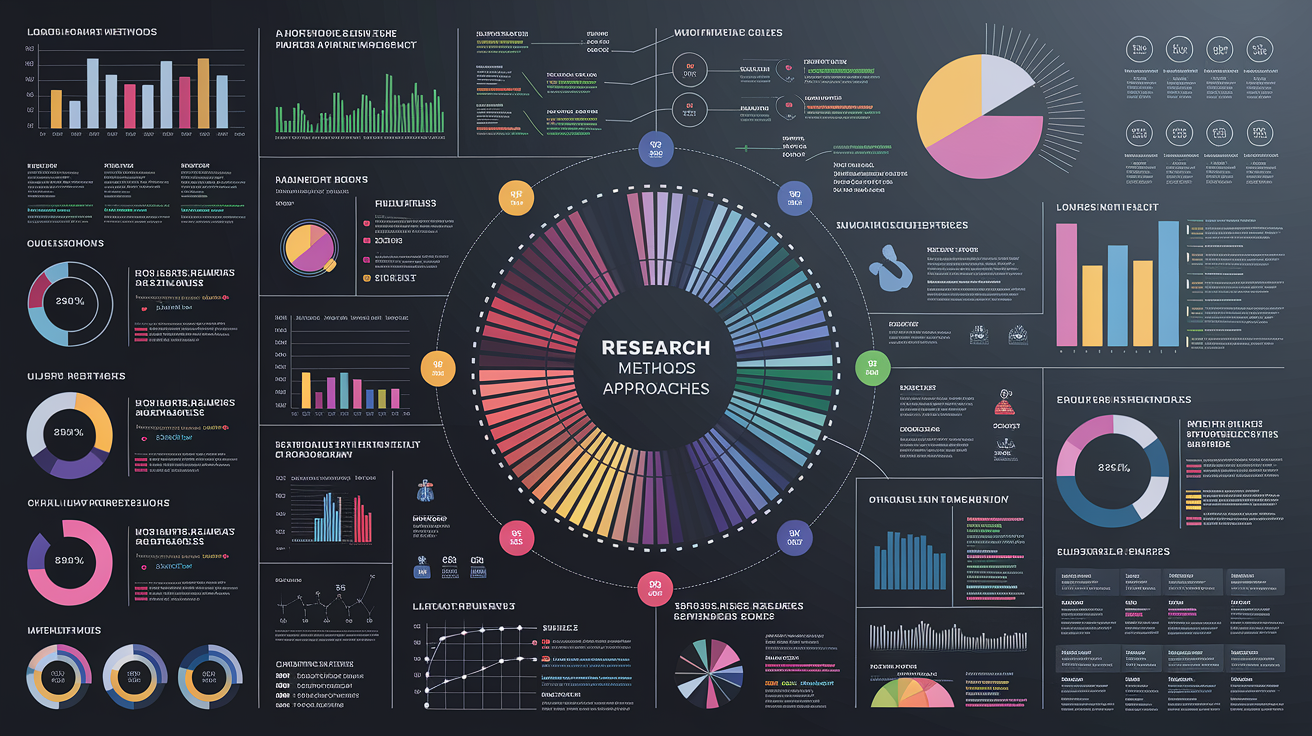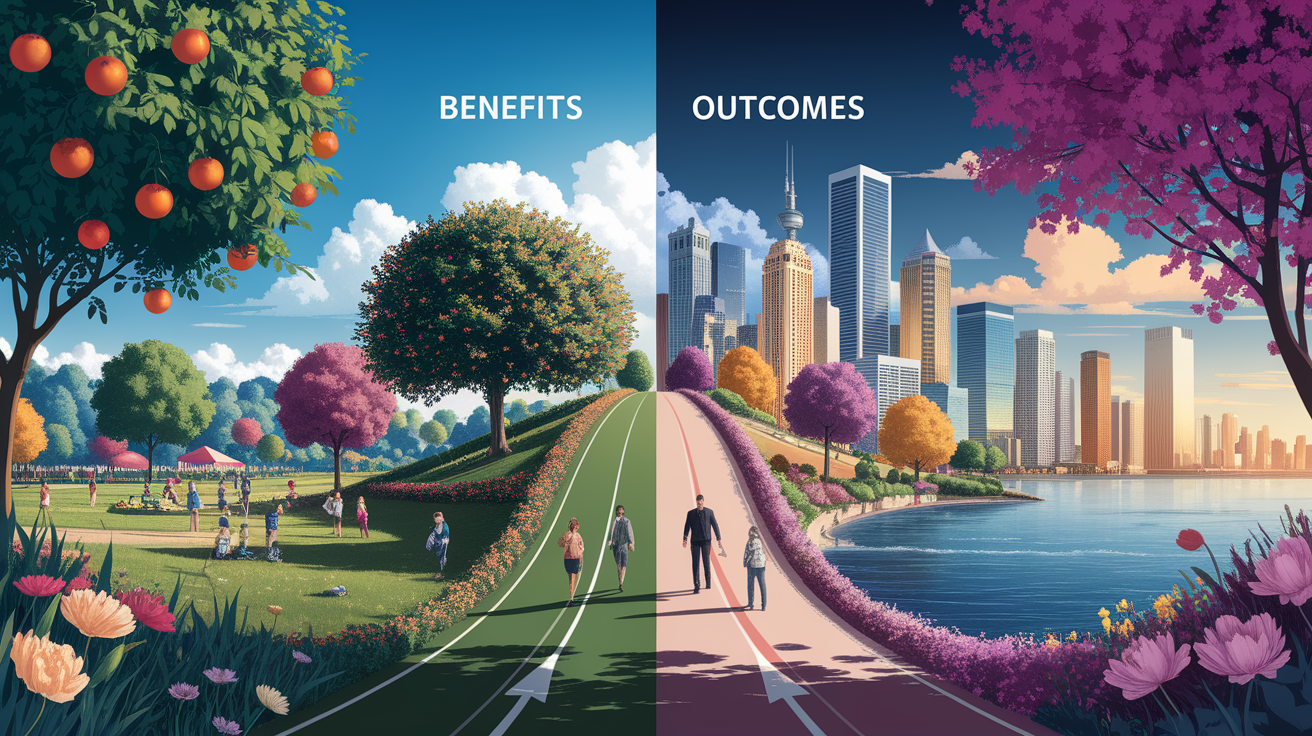Environmental Psychology: Exploring the Human-Environment Connection
Opening Doors: How Environments Shape Behavior
Have you ever noticed how a walk in a forest can calm your mind, or how the layout of an office can affect your productivity? These everyday experiences are at the heart of environmental psychology, a fascinating field that explores the dynamic and reciprocal relationship between humans and their physical surroundings. It is a branch of psychology dedicated to understanding how both natural and built environments influence our thoughts, emotions, and actions, and in turn, how our behavior impacts these environments.

At its core, environmental psychology operates on the premise that people and their environments are part of a single, interconnected system. To fully grasp the effect of surroundings on behavior, we must delve into understanding human behavior and mental processes within a specific physical context. This field moves psychology beyond the confines of the laboratory and into the real world—the cities, homes, parks, and offices where life unfolds. It is a problem-oriented discipline, aiming to improve our world by creating spaces that enhance well-being and promote sustainable living.
A Brief History
While humans have long pondered their relationship with their surroundings, environmental psychology formally emerged as a distinct field in the late 1960s. This period was marked by growing societal concern over environmental issues like pollution and urban decay. Scientists and researchers began to systematically question the links between human well-being and the design of our physical world. From its inception, the field has been committed to a dual purpose: solving complex societal problems and enhancing individual and community well-being through a better understanding of the human-environment interaction.
Key Concepts in Environmental Psychology
Environmental psychology is built on several foundational concepts that help explain the intricate connection between people and places. These ideas provide a framework for research and practical application.

- Place Attachment and Identity: This refers to the emotional bond that forms between a person and a particular place. It’s the feeling of being “at home” in a neighborhood, city, or natural landscape. Place attachment can influence feelings of security, belonging, and even our willingness to protect and care for a location.
- Environmental Perception and Cognition: This concept explores how we perceive, interpret, process, and store information about our physical surroundings. Our “mental maps” of a city, for instance, shape how we navigate and experience it. Factors such as personal experience and cultural background profoundly influence our perception of the environment. In this way, insights from cultural psychology can illuminate why different groups may hold vastly different environmental values and attitudes.
- Restorative Environments: Certain environments, particularly natural ones, have the power to restore our mental and emotional resources. Kaplan and Kaplan’s Attention Restoration Theory (ART) suggests that exposure to nature helps us recover from mental fatigue by engaging our “soft fascination,” which allows our directed attention to rest. This is why spending time in parks and wilderness areas often leaves us feeling refreshed and revitalized.
- Behavior Settings: Coined by psychologist Roger Barker, this concept proposes that specific physical environments are predisposed to certain patterns of behavior. For example, a library is a behavior setting for quiet study, while a playground is a behavior setting for active play. Understanding these settings helps in designing spaces that naturally support their intended functions.
- Conservation Psychology: As a critical subfield, conservation psychology focuses on promoting durable conservation behavior. It seeks to understand the psychological factors that motivate or hinder pro-environmental actions like recycling, reducing energy consumption, and supporting conservation policies.
Major Applications
The true power of environmental psychology lies in its ability to solve real-world problems. Its multidisciplinary focus, integrating insights from architecture, urban planning, public health, and sociology, makes it uniquely suited for a wide range of practical applications.
Urban Planning and Environmental Design
How does the built environment affect behavior? Environmental psychologists work alongside architects and city planners to design spaces that are more humane, sustainable, and enjoyable. This includes creating walkable neighborhoods that encourage physical activity, designing public squares that foster social interaction, and incorporating “biophilic design” elements—like natural light, indoor plants, and views of nature—into buildings to reduce stress and improve cognitive function. The goal is to build cities that not only function efficiently but also support the psychological well-being of their inhabitants.

Promoting Sustainable Behavior
One of the most pressing challenges of our time is encouraging widespread sustainable behavior. Environmental psychology provides crucial tools for this task. By understanding the psychological drivers of consumption and waste, researchers can design more effective interventions. This often involves applying principles from behavioral economics, such as using social norms (e.g., “Your neighbors are using less energy”) or providing clear, immediate feedback to encourage resource conservation. These strategies often prove more effective than purely informational campaigns.
Healthcare and Therapeutic Environments
Research has consistently shown that the physical design of healthcare facilities can impact patient recovery. Evidence-based design principles, informed by environmental psychology, are used to create healing environments. For example, providing patients with single-occupancy rooms can reduce stress and hospital-acquired infections, while views of nature have been linked to shorter hospital stays and a reduced need for pain medication. These are just some of the many practical applications of psychology that directly improve health outcomes.
Research Methods and Approaches
Studying the complex, fluid interaction between people and their environments requires a diverse toolkit of research methods. Environmental psychologists often favor research conducted in real-world settings to ensure their findings are relevant and applicable.

Common approaches include:
- Field Studies and Quasi-Experiments: Researchers observe and measure behavior in natural settings, such as studying how the introduction of a new park affects community well-being.
- Surveys and Questionnaires: These instruments are used to gauge environmental attitudes, perceptions, place attachment, and self-reported behaviors.
- Laboratory Experiments: Controlled settings are used to isolate specific environmental variables, such as testing how different lighting conditions affect task performance.
- Case Studies: In-depth analysis of a particular person, group, or place to gain a deep understanding of a specific human-environment interaction.
A key challenge is balancing experimental control with real-world applicability. The field’s commitment to solving practical problems underscores the scientific nature of psychology, which seeks rigorous methods to study complex phenomena, even outside the traditional laboratory.
Benefits and Outcomes
The study and application of environmental psychology yield significant benefits for both individuals and society as a whole. By focusing on the person-environment fit, this field contributes to:

- Improved Health and Well-being: Creating environments that reduce stress, combat mental fatigue, and encourage healthy lifestyles.
- Enhanced Performance and Productivity: Designing offices, schools, and other settings that foster concentration, creativity, and collaboration.
- Greater Environmental Sustainability: Developing effective strategies to promote pro-environmental behavior and a stronger connection to nature.
- More Inclusive and Equitable Communities: Informing policies and designs that lead to environmental justice, ensuring all people have access to safe, healthy, and restorative environments.
Challenges and Future Directions
Despite its progress, environmental psychology faces ongoing challenges, including the inherent complexity of studying multifaceted human-environment systems and bridging the gap between research and policy implementation. However, the field is evolving to meet the demands of a changing world.
Future directions for environmental psychology are poised to address some of society’s most critical issues:
- Climate Change Psychology: A rapidly growing area focused on understanding the psychological responses to climate change, from eco-anxiety and grief to denial and inaction. It also explores how to build psychological resilience and motivate collective action.
- Technology and Virtual Environments: As we spend more time in digital spaces, researchers are examining how virtual and augmented reality affect our perception, behavior, and connection to the physical world.
- Environmental Justice: There is an increasing focus on the inequitable distribution of environmental hazards and amenities, with psychologists working to understand and help remedy the disproportionate impact on marginalized communities.
- Urbanization and Global Health: With a majority of the world’s population living in cities, applying environmental psychology to create healthier, more resilient urban centers is more critical than ever.
Closing Thoughts: Designing a Sustainable Tomorrow
Environmental psychology offers a powerful and optimistic lens through which to view our relationship with the world. It reminds us that we are not separate from our surroundings but are in constant dialogue with them. The spaces we inhabit shape who we are, and in turn, our actions shape the future of our planet.
By understanding this profound connection, we can make more intentional choices in how we design our homes, build our cities, and manage our natural resources. The insights from this field empower us to create environments that are not only sustainable and efficient but also restorative, inspiring, and truly supportive of human flourishing.







